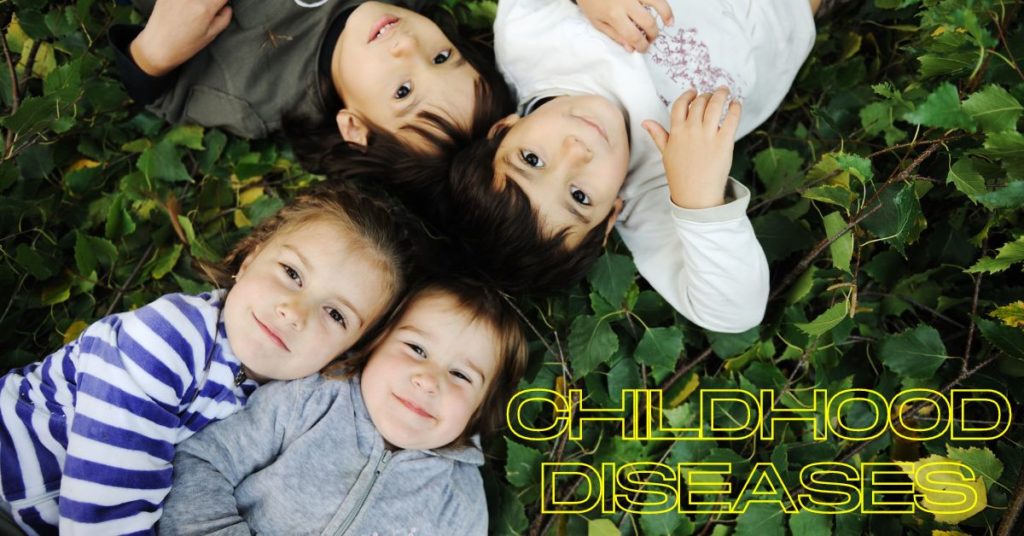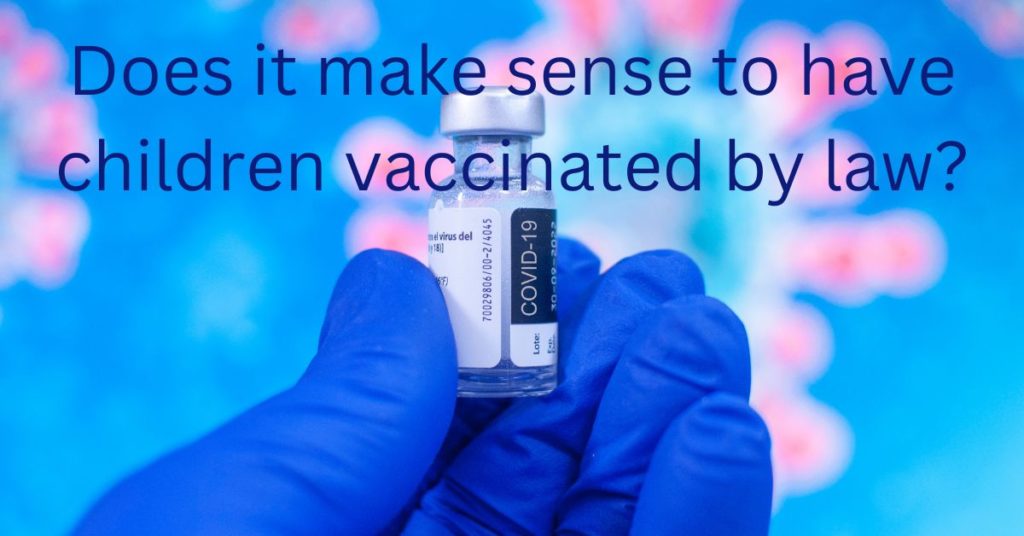Table of Contents
Tips for Parents: How to avoid skin problems?
As a parent, you want to give your child the best possible care. One area that can often be overlooked is skin health. In this article, we’ll highlight seven key skin features that require appropriate care for your child. From dealing with dryness to protecting against harmful UV rays, you’ll find essential tips to help keep your child’s skin healthy.
As in adults, the skin of children consists of two layers: the deep dermis and the epidermis that covers it, there is also the third subcutaneous layer – hypodermis, or another word Connective tissue, which consists of fat, collagen, and fibroblasts. It, in turn, will include 5 layers: basal, spiny, granular, shiny, and horny. In the basal layer, cell division occurs, and from there they gradually move towards the surface of the skin, that is, to the stratum corneum. Moving, they change: they lose their nucleus and accumulate keratin, and then they die altogether, forming a layer of keratinized scales on the surface of the epidermis. Gradually, the scales peel off, and new cells come to replace them “from the depths.”
Anatomic features of child’s skin
In the picture below, you can see the structure of the skin.

Newborn and infant skin have distinct characteristics that set them apart from adult skin.
Here are some of the key peculiarities of newborn and infant skin:
No1. Thinner skin:
Newborns have much thinner skin than adults. This means their skin is more fragile and susceptible to damage, such as scratching or rubbing. There are only 3 layers in the epidermis: basal, spiny, and horny. The rest (granular, shiny) are formed later, first on the palms and soles, then on the rest of the body. For this reason, cells quickly enter the upper layer of the skin without having time to become dense and resistant to external influences, as in adults.
No2. The connection between the dermis and the epidermis is fragile; therefore, blisters are easily formed during infectious processes.
No3. More permeable skin:
A thin horny layer and a dense vascular network create conditions for rapid skin permeability for newborns and infants than adult skin, which means it absorbs substances more easily. This can be both beneficial and harmful, as it allows for better absorption of certain medications. Still, it makes them more vulnerable to harmful environmental substances and the risk of spreading local infection.
No4. The immaturity of sweat glands:
Newborns and infants have underdeveloped sweat glands, which means that they are less able to regulate their body temperature through sweating. This can make them more susceptible to overheating. The excretory function, which is carried out through sweat and sebaceous glands, is reduced in newborns.
No5. pH of the skin is neutral:
Newborns and infants have more sensitive skin than adults. Immediately after birth, the pH of the skin is neutral. Only by 2-3 months, it shifts to the acid side, which increases the protective properties. This means they are more likely to develop rashes or other skin inflammations in response to irritants or allergens.
No6. More prone to dry skin and less protective:
Newborns and infants are more prone to dry skin than adults. This is because their skin – the sebaceous glands- produces less oil, which helps keep the skin moisturized. The sebaceous and sweat glands in children are formed, but they do not work very actively due to the immaturity of the nervous system that regulates their activity. Due to the sweat and sebaceous glands’ low activity, the skin’s protective layer (the lipid layer) is very thin and suffers during frequent water procedures. It means the children require to moisturize their skin, especially after a bath.
No7. Vulnerable to diaper rash:
Infants who wear diapers are particularly susceptible to diaper rash. This is because a diaper’s warm and moist environment provides the perfect breeding ground for bacteria and fungi that can irritate the baby`s skin.
The bactericidal properties of the gland secretion of the skin are still weak, and this is another reason for the low resistance to microbes.
Functions of skin and its peculiarities in children
The skin in the body of a newborn performs the same functions as in an adult but with some differences associated with anatomical and physiological features.
1) The protective function is poorly expressed due to the thin, fragile epidermis, its weak connection with the dermis, neutral pH of the skin, lipid layer deficiency, and local immunity deficiency.
2) Respiratory function in the skin of a newborn is better developed than in adults. This is due to the epidermis’s high permeability and the dermis’ numerous vessels. An infant’s body receives 8-10 times more oxygen through the skin than an adult’s. To maintain respiratory function, it is important that the skin is clean – any pollution reduces its permeability. Many ointments and creams that create a dense film on the surface also prevent oxygen from entering the skin – this must be taken into account when choosing products for baby skin care.
3) The skin’s suction function (resorption) is also well-developed: creams, ointments, and solutions for external use quickly penetrate the body through the vascular network.
4) The excretory function, carried out by the sweat and sebaceous glands, is practically absent in the skin of a newborn. The sweat glands formed by the time of birth begin to work only at 3 months and fully – only by 3 years.
5) The thermoregulatory function of the skin of a newborn is imperfect; due to the immaturity of the sweat glands, the child easily overheats and over-cools.
6) The synthetic function of the skin is the formation of useful substances, primarily vitamin D, which is necessary for the growth of the child’s body and the proper formation of the musculoskeletal system. This function is fully implemented in 3-4 weeks.
7) The tactile function is associated with receptors located in the skin. It plays an important role in the interaction of the baby with the environment. These receptors belong to the perception function of the child`s brain, and they participate in the creation of behavior patterns of the baby (specific network connections in the brain). This mechanism is essential in child health creation.
It follows that we should provide appropriate care for children and keep their skin in good condition from birth in order to avoid diseases appearance.
Changes in the skin during the developmental stages of the child
Over time, a child’s skin becomes more like an adult’s skin, providing better protection.
Already by 1 month, all layers of the epidermis are formed, and their thickness gradually increases. Due to this, the skin is no longer so “transparent.” Blood vessels do not shine through it. Its color changes from almost red in a newborn to light pink.
The pH of the skin changes from neutral to acidic – resistance to microbes increases.
In the first year of life, the amount of water in the skin and vascular permeability decrease.
The work of the sebaceous and sweat glands is gradually getting better up to 3 – 4 months.
Summary: In children’s skin, there is a large amount of water and many vessels with thin permeable walls. In combination with the immaturity of the immune and central nervous systems, this creates conditions for skin allergic reactions and spreads skin infection diseases that occur more rapidly than in adults.
Skin diseases in babies
The skin performs many functions, and it is important to keep it in a healthy state to treat possible diseases in a timely and correct manner. Because of these features, a newborn’s skin is prone to certain diseases. Cracks, redness, and blisters appear more easily on its surface; infectious processes develop faster. It is not always possible for parents to independently determine the cause of a rash or redness in a newborn. Therefore, if the skin condition changes, it is worth showing the child to the paediatrician. Skin diseases are common in children and can range from mild conditions to more serious ones. Here are some methods for the diagnosis and prevention of skin diseases in children.
Methods for Diagnosis
- Visual Inspection: The doctor will visually inspect the child’s skin to check for any rashes, bumps, or other abnormalities.
- Biopsy: If the doctor suspects a more serious condition, they may perform a biopsy, which involves taking a small sample of skin tissue for examination under a microscope.
- Blood Tests: In some cases, blood tests may be done to check for any underlying conditions.
- Allergy Testing: If the skin condition is suspected of an allergic reaction, allergy testing may be done to identify the allergen.
Let’s take a look at the most common skin problems in infants
Neonatal acne is an acne rash that occurs in the first 3 weeks after birth. Its cause is hormonal changes associated with and excess in the mother’s body before childbirth of testosterone or corticosteroids produced by the adrenal glands. Acne does not require treatment and resolves on its own in a maximum of 2 weeks, more often within a few days.
Diaper Rash is a common problem in a newborn baby. They are areas of inflammation caused by friction and contact with moisture and therefore appear in the skin folds (groin, gluteal, axillary) and behind the ears. Mild and moderate diaper rash does not affect the baby’s general condition. It passes with proper skin care and the use of special ointment medicines containing components that stimulate natural healing and form a breathable protective layer on the skin. Without treatment, infectious complications of diaper rash caused by bacteria or fungi of the genus Candida are possible. They are difficult: itching, ulcers, and pustules appear, and the child’s health worsens – he does not sleep well and is naughty.
Prickly Heat is a small non-purulent rash, sometimes small blisters that occur due to caring defects, most often in folds and friction points, and sometimes all over the body. Miliaria is accompanied by itching but does not affect the general well-being of the child and passes with proper care.
Prevention of skin problems
Keep the Skin Clean: Good hygiene is important in preventing skin diseases in children. Bathing regularly and using mild soap can help keep the skin clean and healthy.
Moisturize the Skin: Dry skin is more prone to developing rashes and other skin conditions. Applying a moisturizer regularly can help keep the skin hydrated.
Avoid Triggers: If the child has a known allergy, it’s important to avoid the trigger as much as possible. For example, if the child is allergic to certain foods or materials, they should be avoided.
Sun Protection: Protecting the skin from the sun’s harmful rays can help prevent sunburn, which can lead to more serious skin conditions.
Vaccinations: Some skin conditions, such as chickenpox, can be prevented through vaccination. It’s important to ensure the child is up-to-date on all recommended vaccinations.
In summary, good hygiene, avoiding triggers, sun protection, and vaccination can all help prevent skin diseases in children. If you suspect your child has a skin condition, seek medical advice from a healthcare provider.
it’s important to be gentle with newborn and infant skin and use products specifically designed for their delicate skin. This can help to avoid irritation and other skin problems.
By staying mindful of these seven key factors, parents can help ensure their child’s skin stays healthy, comfortable, and radiant. If you found this article informative and helpful, please share it with your friends and family on social media and leave a comment below to let us know what you think.
And if you have any questions or concerns about your child’s skin health, don’t hesitate to reach out to me via the contact form on this website. I am always here to help!





